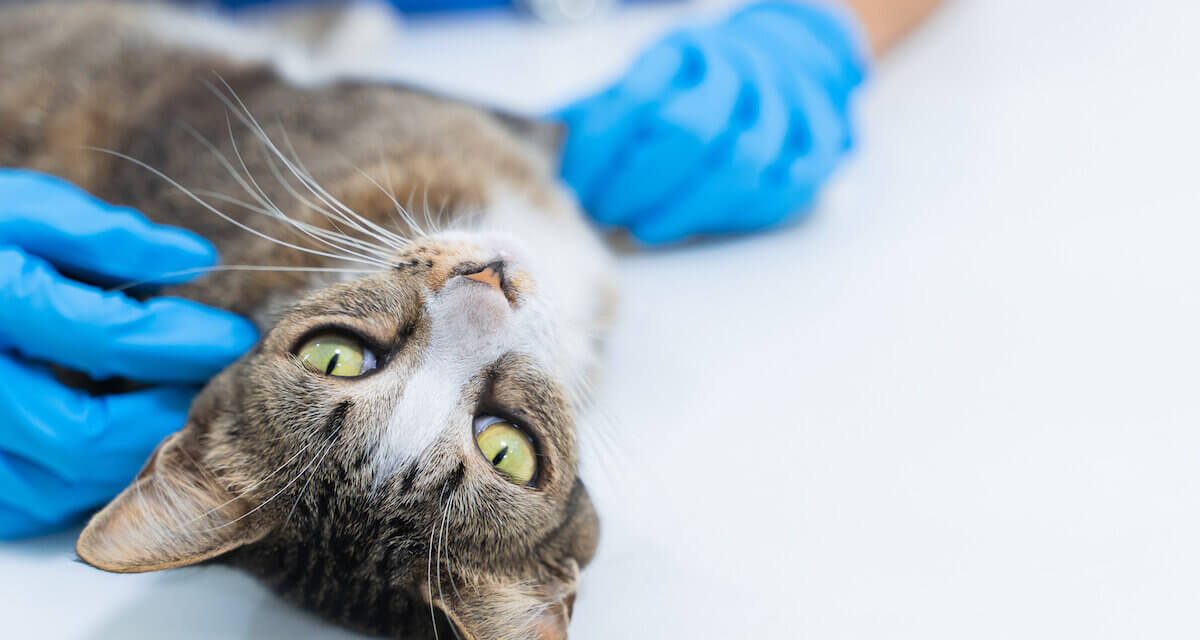What is Veterinary Diabetes?
Diabetes mellitus, or diabetes, is a chronic disease that occurs when an animal is unable to produce enough insulin and/or use it properly. Insulin is the hormone that breaks down sugar glucose; without it, sugar accumulates in the blood and spills into the urine, resulting in serious health conditions.
Diabetes in animals can occur in two forms: insulin-deficiency diabetes and insulin-resistance diabetes.
Symptoms of Diabetes in Dogs and Cats
- Weight Loss: Reduced weight despite normal eating habits.
- Urinary Tract Infection: Frequent infections due to high sugar levels in urine.
- Cataracts: Clouding of the eye’s lens, affecting vision.
- Weakness: Reduced strength and energy levels.
- Polydipsia: Abnormally increased thirst.
- Lethargy: Unusual tiredness and lack of energy.
- Vomiting: Frequent expulsion of stomach contents.
- Polyphagia: Increased hunger and food consumption.
- Diabetic Ketoacidosis: Serious condition causing high blood acidity.
- Excessive Thirst: Drinking more water than usual.
- Recurrent Infections: Frequent infections, often due to weakened immunity.
Diagnosing Diabetes in Dogs and Cats
Diagnosing diabetes in dogs and cats typically involves a thorough veterinary examination, including blood and urine tests to check for high glucose levels. These tests, along with assessments of clinical symptoms like increased thirst, urination and weight loss, will help confirm the diagnosis.
Ready to give your animal the best possible care?
Just fill out this short form and we’ll get back to you as soon as we can. We’ll help you take great care of your animals.
What Can Make a Dog or Cat at Risk for Diabetes?
Dogs and cats are at a higher risk for diabetes primarily due to factors like obesity, genetic predisposition, age, and certain medical conditions such as chronic pancreatitis or hormonal imbalances like Cushing’s syndrome. Additionally, lifestyle factors like poor diet, lack of exercise, and long-term use of medications like steroids can also increase the risk.
Management of Diabetes in Dogs and Cats
- Insulin Injections: Regular administration of insulin as prescribed.
- Diet Modifications: Tailoring diet to meet specific nutritional needs.
- Exercise: Consistent exercise to maintain a healthy weight.
- Blood Sugar Monitoring: Regularly checking blood sugar levels.
- Veterinary Visits: Frequent check-ups with a veterinarian.
- Behavior and Physical Monitoring: Observing any changes that might require treatment adjustments.
Risk Factors for Diabetes in Dogs and Cats
- Obesity: Major risk factor due to impaired insulin use.
- Age: Older pets are more susceptible.
- Genetic Predisposition: Certain breeds are more prone to diabetes.
- Chronic Pancreatitis History: Can affect insulin production.
- Hormonal Diseases: Conditions like Cushing’s syndrome in dogs.
- Steroid Medications: Long-term use can elevate risk.
- Sex and Neutering Status: Female dogs and neutered male cats have a higher risk.
- Lifestyle: Lack of exercise and poor diet can contribute to risk.
Frequently Asked Questions
-
Do diabetic dogs feel pain?
Diabetic dogs may experience discomfort from complications like neuropathy, but diabetes itself does not cause pain.
-
Can dog diabetes be cured?
Diabetes in dogs is usually a lifelong condition and cannot be cured, but it can be effectively managed with treatment.
-
What can be mistaken for diabetes in dogs?
Conditions like Cushing’s disease, kidney disease or urinary tract infections can show symptoms similar to diabetes in dogs.
-
Should you restrict water for a diabetic dog?
No, you should not restrict water. Adequate hydration is essential for diabetic dogs.
-
Is a cat with diabetes in pain?
Diabetes itself is not painful, but complications like neuropathy can cause discomfort in cats.
-
At what age do cats normally get diabetes?
Cats commonly develop diabetes between eight to 13 years of age, though it can occur at any age.
-
What does a diabetic episode look like in a cat?
A diabetic episode in a cat may include symptoms like weakness, lethargy, vomiting and, in severe cases, seizures or unconsciousness.
-
What not to feed a diabetic cat?
Avoid high-carbohydrate foods. Focus on a diet high in protein and low in carbohydrates.
